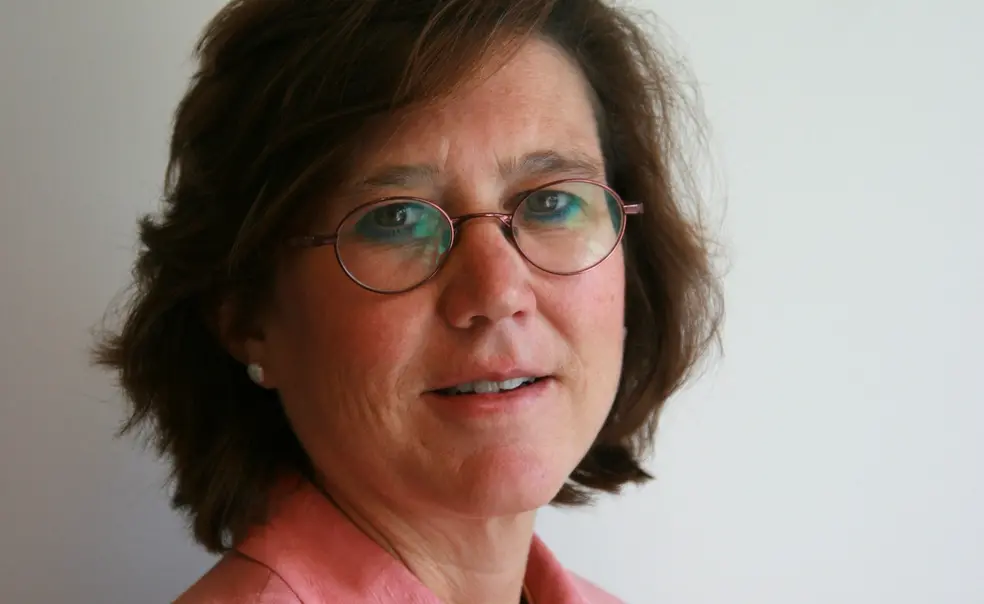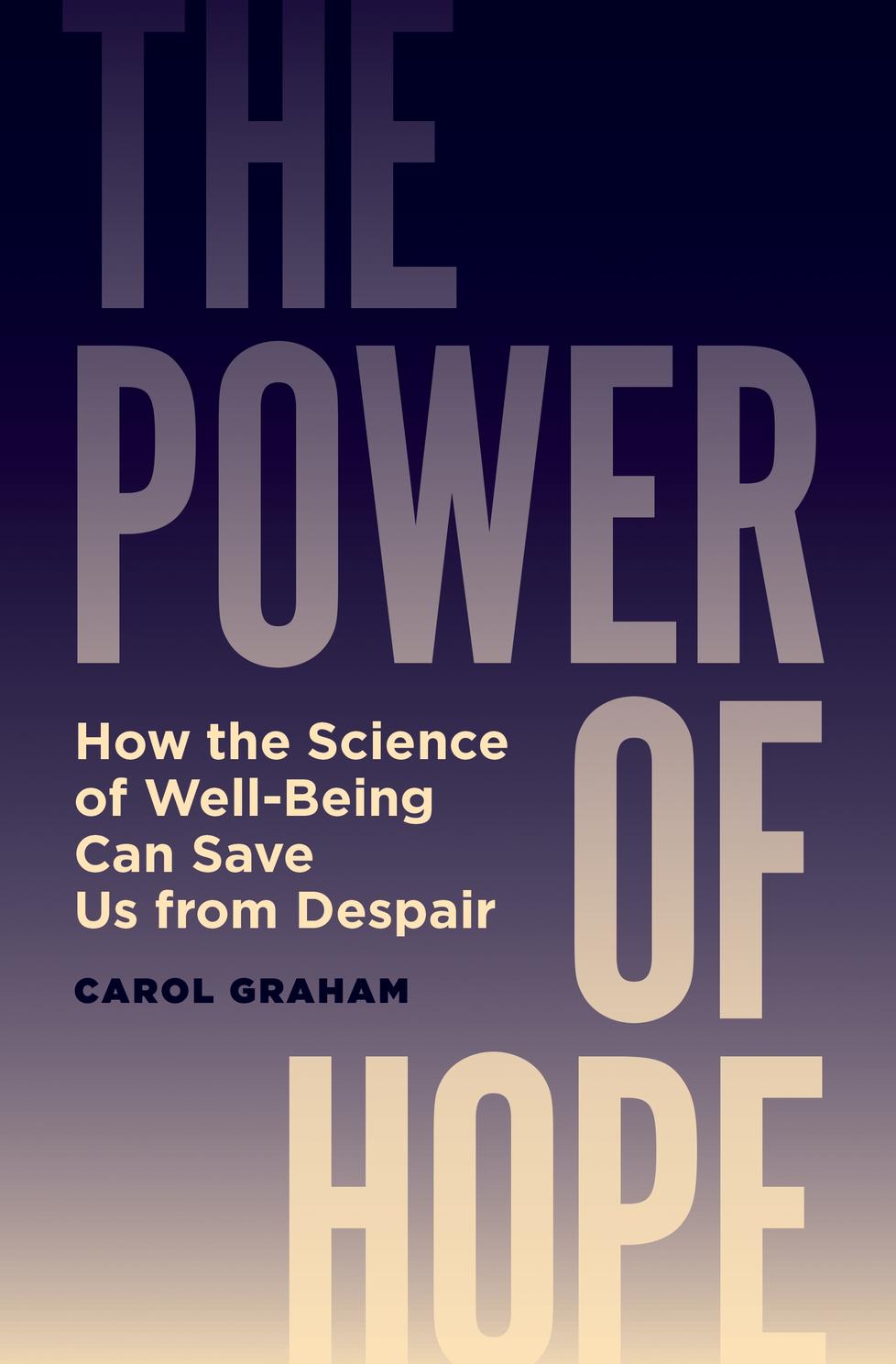Carol Graham ’84 Highlights the Value of Hopeful Thinking in Latest Work
The book: In her latest book, The Power of Hope (Princeton University Press) Carol Graham, whose previous work has focused on the study of well-being, highlights evidence that demonstrates just how powerfully hope can improve people’s lives. During times plagued with loss, despair, and an ongoing mental health crisis, Graham points out that hope is a necessary part of the puzzle to tackle many of these public health and policy problems.
The author: Carol Graham ’84 is currently the interim vice president and director of the Economic Studies program at the Brookings Institute, a College Park Professor at the University of Maryland, and a senior scientist at Gallup. She earned her undergraduate degree from Princeton’s School of Public and International Affairs (SPIA), her master’s from Johns Hopkins, and her Ph.D. from Oxford University. She has written extensively and is an expert on various social issues including well-being, poverty, inequality, and more.
Excerpt:
Chapter 5: Can Hope Be Restored in Populations and Places Where It Has Been Lost?
Despair is a state where one does not care whether one lives or dies, where the will for change for the better has been lost, and where the narrative of one’s life is gone, with nothing to replace it. It is the analogue of hope, which combines the sense that things can get better with the will to make them better. How do people get from one state to the other? Why has this happened on a large scale in one of the wealthiest countries on earth? What can be done?
In the United States, as is grimly demonstrated by at least a million despair-related deaths since 2005, entire communities have lost their raison d’etre, their social fabric, and any sense of a better future. Almost 100,000 people died of overdose deaths alone in 2020, when the COVID-19 pandemic exacerbated the preexisting crisis of despair. These same communities tend to have a high concentration of prime-aged males out of the labor force, especially white working-class men. It has resulted in geographic clusters where significant parts of the population do not have the aspirations, skills, or health to move to jobs elsewhere, even if they are available in relatively nearby places. Deaths of despair tend to follow.
Lack of investment and pervasive hopelessness are a vicious circle in which individuals and their communities enter a spiral of decline. Addressing this issue requires connecting the mental health treatment side of the problem with community revival and resilience efforts. For the most part, these operate as separate worlds. It also requires acknowledging the difficulties inherent in identifying how white men are suffering while at the same time recognizing they are in many ways privileged.
It is worth noting that some of the problems faced by the declining U.S. white working class are likely faced by many working-class populations in other countries—including poor ones—as the nature of economies and jobs changes dramatically due to technology-driven growth. There is no longer a stable work-life narrative for those who do not acquire higher education or technical skills. In the United States, this is compounded by a drug overdose crisis, widely available guns, racial tensions, starkly unequal access to health care (the allocation of which is often determined by resources rather than need), and a civil society divided by income, education gaps, and political beliefs, including a rise in rightwing radicalization.
The problem is complex and there are no magic bullets. Yet important lessons have emerged from a range of disciplines (economics, psychology, psychiatry, and public health) that can help address it. Instead of thinking of these lessons in terms of disciplines, it is perhaps more useful to think of them from the perspective of shared objectives. Most successful policies and interventions that aim to restore hope have similar objectives, which can serve as general guideposts for such efforts.
A basic first step is to reduce the kinds of uncertainties that make the future, as well as planning for it and investing in it, out of reach and essentially impossible. They are common to people who live in extreme poverty, as living hand-to-mouth and day-to-day makes it difficult to plan. The poor in the United States, who often have limited access to health care and stable jobs, face similar uncertainties (surprising in one of the world’s wealthiest countries).
Excerpted from The Power of Hope by Carol Graham Copyright © 2023 by Princeton University Press. Reprinted by permission of Princeton University Press.
Reviews:
“This fine book fills a yawning gap. Hope, as it shows, is vital for well-being and for effective living. So who is hopeful and why? Read the book.” — Richard Layard, author of Happiness: Lessons from a New Science
“In this study of hope and despair, Carol Graham once again applies her economist’s empirical perspective to people’s internal feelings, a hitherto verboten subject in economics. A truly pathbreaking volume!” — Richard A. Easterlin, University of Southern California













No responses yet